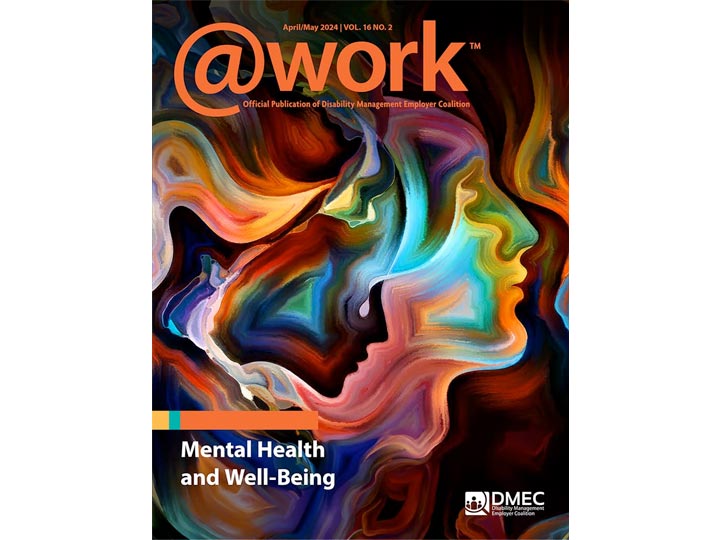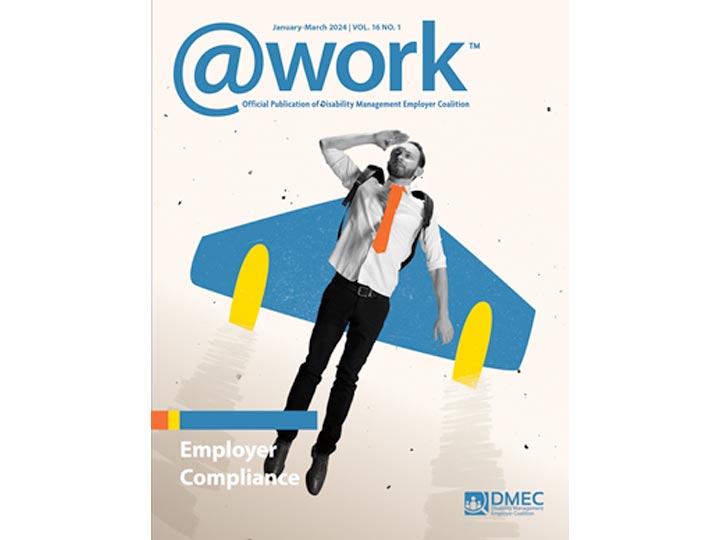Some accommodations – regardless if they would be deemed reasonable or not – are just down-right undesirable for employers. As an employer, you are not required to implement the employee’s preferred accommodation. You are required to consider the employee’s preferred accommodation, but in the end, you can implement an alternative if it will support the employee to fully and safely perform the essential functions of the position.
There are times when employers will share that there are no good alternatives and the only accommodation on the table is working from home. Employers, especially traditional companies or public sector employers, find this accommodation hard to evaluate.
How do you evaluate what accommodations are reasonable to implement?
An accommodation can be ANYTHING. Buying a triple black Maserati can be an accommodation, though unfortunately, this is likely not reasonable. What typically makes an accommodation REASONABLE are the following:
- Supports Safe Performance of the Job: Provides the employee/applicant with a SAFE work environment for themselves and others. (Direct Threat (42 U.S.C. § 12113(b); See 29 C.F.R. pt. 1630 app. § 1630.2(r).))
- Full Performance of the Essential Functions: Allows the employee/applicant to perform the full set of ESSENTIAL FUNCTIONS of their position with the same efficiency and effectiveness as others in the class. (Undue Hardship (29 C.F.R. pt. 1630 app. §1630.15(d) (1996))
When is working from home reasonable?
The key to evaluating a work from home accommodation is to first ensure you go down the Disability Interactive Process Hallway®. Don’t get ahead of yourself and your process and rush to a yes or no decision. Start with gathering the data to evaluate the request at Door # 1. Once Door # 1 is complete, move on down The Hallway to best evaluate the request fully and before decisions are made.
Hallway Door # 1: Gather the Facts You Need to Evaluate the Request:
- Fact # 1: Is it medically needed?
Ensure the reason for the work from home accommodation is job related. Why is the doctor and/or employee requesting a work from home accommodation? What can they not do at the office that they can do at home? Are they restricted in sitting, standing, walking, etc.? Is the restriction temporary or permanent?
Until you understand what the underlining work restrictions are, you won’t be able to ascertain if working from home is medically needed, simply a preference or if there are alternatives.
- Fact # 2: What are the Essential Functions of the Job?
Is this a computer based, low client/personnel-contact job where the employee interfaces with a computer all day; or does the employee work the front counter and meet with clients and colleagues regularly? What work does the employee perform and is physical interaction required to successfully perform the work assigned.
Hallway Door # 2: Engage, Interact and Explore Accommodation Ideas Together
-
Research to see if there are there currently others working from home in this classification? Are there alternative accommodations that could be considered, based on what was clarified at Door # 1? Is this a commuting issue or a work issue? Employers will not generally need to accommodate a home to workplace commuting issue when the work location has not been changed during a disability period.
Hallway Door # 3: Schedule Accommodations Meeting / Have the Right People Involved in Decisions
-
Hold a meeting to discuss the facts obtained in Door # 1 and the ideas researched at Door # 2. Ensure that HR and the department leadership are present, and proper written notice was provided to the employee about the purpose of the meeting.
-
If it is determined that working from home appears to be reasonable, and if there are no apparent alternative accommodations, consider a trial period to test it. Set expectations as to what a successful work from home accommodation would mean – how will success be quantified? How will workload be evaluated? What are call-out notice requirements? Clarify what might cause the accommodation to be revisited or cancelled.
-
If it is not reasonable, consider alternatives to work from home and if there are none, and if the work-from-home didn’t work, alternative work or medical separation will need to be considered.
Hallway Door # 4: Post-Meeting Activities / Close Process Correctly
Case Study: Success Story
Greg was an hourly, non-exempt, computer operator that worked for a school district. No one at the District had ever worked primarily from home before. Greg had a serious medical condition that greatly impacted his ability to arrive at work on-time. He was scheduled to start at 8 a.m., but on most days, he was unable to arrive to work until after well after noon. Due to District rules, he was unable to work past 6:00 p.m. on-site, as there would be no supervisor working and he would be alone in the building.
Over the years, Greg had asked for a later start time. By the time we received this file, Greg was scheduled to start at 9:30 a.m., but had only once, in three years, actually made it in on-time.
Upon taking over the file, we restarted the Hallway process. At Door # 1, the doctor clarified Greg had a permanent and serious medical condition and there was no cure or remedy that could be offered. The doctor indicated the employee would be able to work full-time hours, but would not be able to be relied upon to arrive to work on-time.
At door # 2, we started to gather data. What we found was the following:
- Greg only missed full-days of work when he had prescheduled vacation or medical appointments.
- He averaged a start time of 12:45 p.m. over the last four years.
- Many days, he would arrive to work well after 2 p.m.
- Some days, he would come in at 4:30 p.m. and work just 1.5 hours because he would be sent home at 6:00 p.m. When asked why he would drive nearly an hour round trip to work 1.5 hours, he stated he would always come into work when he could and as soon as his medical condition subsided.
- Greg was already performing work from home. He and his colleagues all had access to work from home as he would have to perform emergency work when the system went down.
- Greg would often work well past 9 p.m. at home and without compensation to “make up his lost time at work”
- The only “face time” or collaboration Greg had was in staff meetings. At the time, staff meetings were always scheduled at 9 a.m. The department said there was no magic to the time, it was just that staff meetings had been at 9 a.m. for “decades.”
Greg had never asked for a work from home accommodation as he had assumed it would never be considered. After completing Door # 2, we recommend the grossly unpopular option of considering the employee for a trial work from home accommodation plan.
It took some work, but the employer agreed to trial the accommodation. The result was that for one year, the employee worked more hours and performed more meaningful work for the employer than he had been able to in any of the 10 years prior. Departments commented on the improved service; colleagues appreciated the sharing of workload; and in all, Greg was able to satisfactorily perform a full-time workload for the first time.
Additional accommodations and changes included that the department agreed to hold staff meetings at 2 p.m. Greg attended every staff meeting on-site. Others commented the 2 p.m. staff meeting change was actually better for operations and should have been considered before and unrelated to this accommodation plan.
Nearly one year into the successful accommodations plan, Greg decided, on his own terms, he was ready to retire. Maybe it was just time, or maybe the successful one year accommodation allowed him to finally feel like a retirement was a choice and not being forced upon him by his employer.
The work from home accommodation plan worked because the employer was willing to try and because the employee wanted to work. Work from home accommodation plans are not always reasonable and they are not always successful. However, when they appear reasonable, and when there are no alternatives, employers should trial the accommodation. If the outcome is unknown, a trial will support the employer to gather data. If the accommodation fails, it won’t be the employer guessing that the accommodation plan won’t work. Rather they will be able to point to data that identifies what specifically made it not reasonable to continue. And, who knows… just maybe it will be a smashing success!
1 Enforcement Guidance: Reasonable Accommodation and Undue Hardship Under the Americans with Disabilities Act (https://www.eeoc.gov/policy/docs/accommodation.html)
2 EEOC Guidelines: Do employers have to provide transportation to and from work as an accommodation? “… an employer would not be required to provide transportation as a reasonable accommodation for a commute to work, unless the employer generally provides transportation for its employees.” (http://askjan.org/Erguide/Three.htm)






